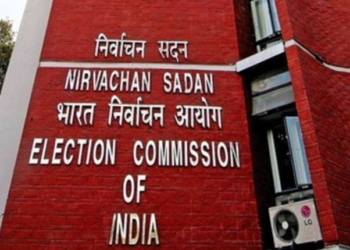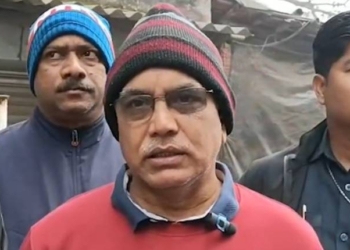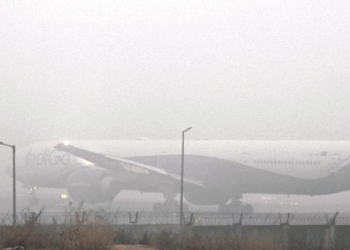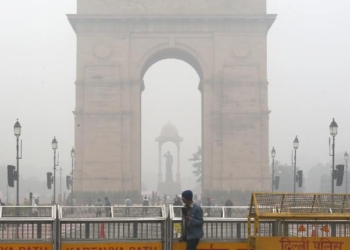New Delhi: Simultaneous elections to Lok Sabha and state legislative assemblies had been discussed at length in a note prepared by the Lok Sabha Secretariat in 2016.
The note was prepared by B. Phani Kumar, Additional Director, Bela Routh, Joint Director of Lok Sabha Secretariat under the supervision of Kalpana Sharma, Joint Secretary and C.N. Sathyanathan, Director.
“The desirability of holding simultaneous elections for the Lok Sabha and Vidhan Sabhas has been discussed at various levels. A considered view is that simultaneous elections will not only keep alive the enthusiasm of voters, but will also result in huge savings to the public exchequer as well as avoiding repetition of administrative effort.
“It is also expected to control the expenses of political parties. Simultaneous elections will also avoid repeated enforcement of the Model Code of Conduct which affects administrative actions by the government,” the note argued.
On the history of simultaneous elections in India, it said that simultaneous elections to the Lok Sabha (House of The People) and Vidhan Sabhas (State Legislative Assemblies) were held in the years 1951-52, 1957, 1962 and 1967.
Thereafter, however, the schedule could not be maintained and the elections to the Lok Sabha and the Vidhan Sabhas have still not been realigned.
On the justification for holding simultaneous elections, the note said that it was felt that holding simultaneous elections would reduce the massive expenditure incurred for conduct of separate elections every year.
Currently, the cost of holding elections for Lok Sabha and Legislative Assemblies of States and UTs has been pegged at Rs 4,500 crore by the Election Commission.
“Elections lead to imposition of Model Code of Conduct (MCC) in the poll-bound state/area and as a result, the entire development programme and activities of the Union and state governments in the poll bound state would come to a standstill. Frequent elections lead to imposition of MCC over prolonged periods of time which affects the normal governance,” the note said.
Frequent elections lead to disruption of normal public life and impact the functioning of essential services. If simultaneous elections are held, this period of disruption would be limited to a certain pre-determined period of time.
It would free the crucial manpower which is often deployed for prolonged periods on election duties.
For example, the 2014 Lok Sabha elections which were held along with assembly elections in Odisha, Andhra Pradesh, Sikkim and Arunachal Pradesh was spread over 10 phases and 1,077 in situ companies and 1,349 mobile companies of Central Armed Police Force (CAPF) were deployed.
This 2016 note said that Prime Minister Narendra Modi has spoken several times on considering the feasibility of holding simultaneous Lok Sabha and Assembly elections and stressed on the need for building consensus on the issue.
He is of the opinion that continuous and frequent elections take a toll on economic and human resources.
Frequent elections add to the expenses, party leaders and cadres are also perpetually involved in the electoral process, leaving them with very little time for constructive matters related to development of the country.
In 2016, the Chief Election Commissioner (CEC), Nasim Zaidi, said that the Election Commission was ready to hold simultaneous Lok Sabha and state legislative polls if certain conditions are met and more resources are provided.
The Commission can hold simultaneous election for which two things to be noted: firstly, several constitutional amendments will have to be made; and secondly, there has to be consensus among all the political parties.
(IANS)















